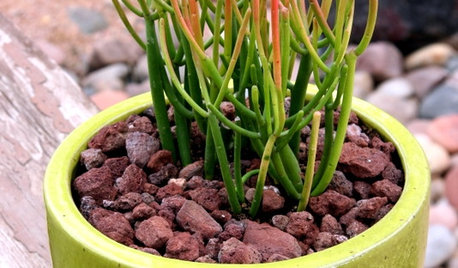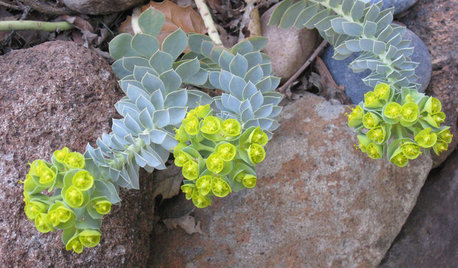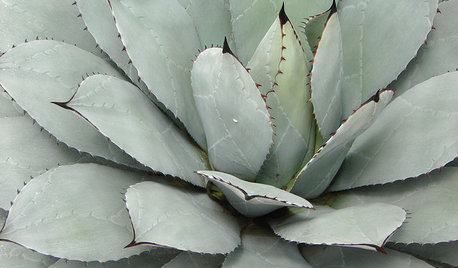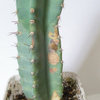Euphorbia Toxicity.
Kaegen Lau
11 years ago
Featured Answer
Comments (20)
Brandon Smith
11 years agoKaegen Lau
11 years agoRelated Professionals
Indio Landscape Contractors · New Baltimore Landscape Contractors · Plainview Landscape Contractors · South Farmingdale Landscape Contractors · Tustin Landscape Contractors · Twin Falls Landscape Contractors · Maplewood Landscape Contractors · Ashtabula General Contractors · Coffeyville General Contractors · Groveton General Contractors · Halfway General Contractors · Perrysburg General Contractors · Plano General Contractors · Fort Worth Decks, Patios & Outdoor Enclosures · Kansas City Decks, Patios & Outdoor Enclosureslzrddr
11 years agowantonamara Z8 CenTex
11 years agoKaegen Lau
11 years agoamccour
11 years agolzrddr
11 years agoamccour
11 years agonil13
11 years agokaktuskris
11 years agocactusmcharris, interior BC Z4/5
11 years agoBrandon Smith
11 years agokaktuskris
11 years agoKaegen Lau
11 years agojuliebees2009
11 years agoBrandon Smith
11 years agomrlike2u
11 years agohelenhearts
7 years agogardengal48 (PNW Z8/9)
7 years ago
Related Stories

GARDENING GUIDESGreat Design Plant: Euphorbia
The daring colors and low water needs of this tropical plant make it a favorite for injecting life into tired landscapes year-round
Full Story
GOLD FOLIAGEGreat Design Plant: Milk Bush
With a rubbery texture and cartoon-like branches, this succulent brings an unusual, exotic energy to landscapes and container gardens
Full Story
CONTAINER GARDENS3 Steps to Creating Quick, Easy and Colorful Succulent Containers
Take a bright container, add a colorful succulent or two and have a professional, summery design in minutes
Full Story
GARDENING GUIDES9 Self-Seeders Capture Chelsea Flower Show Magic
Give your garden show-worthy style with these plants beloved by top designers
Full Story
BLUE AND GRAY FOLIAGEGreat Design Plant: Donkey Spurge
Yes, there's the awful name, plus the sap issue. But this plant's foliage and flowers bring something special to Eastern U.S. gardens
Full Story
WINTER GARDENINGGreat Design Plant: Gold Collection Hellebores Perform Like Stars
Exciting colors, longer bloom times, forward-facing flowers ... These hybrids leave old hellebores in the dust
Full Story
SUCCULENTSGrow a Garden of Succulents for Easy Beauty
Low-water plants in a wide range of colors, shapes and sizes? Sign us up — and check out our faves here
Full Story
CONTAINER GARDENS7 Deer-Resistant Flowers for Your Summer Containers
Grow these as protection for edibles or just for their colorful beauty — deer might not like them, but everyone else will
Full Story
FALL GARDENING12 Fabulous Fall Container Gardens
Celebrate the season with potted displays rich in color and texture
Full Story
FOLIAGEGet a Cool Garden Look With Gray and Blue Plants
Looking for plants that calm with color in the heat of summer? Look no further than these 14 soothing beauties
Full StoryMore Discussions











cactusmcharris, interior BC Z4/5